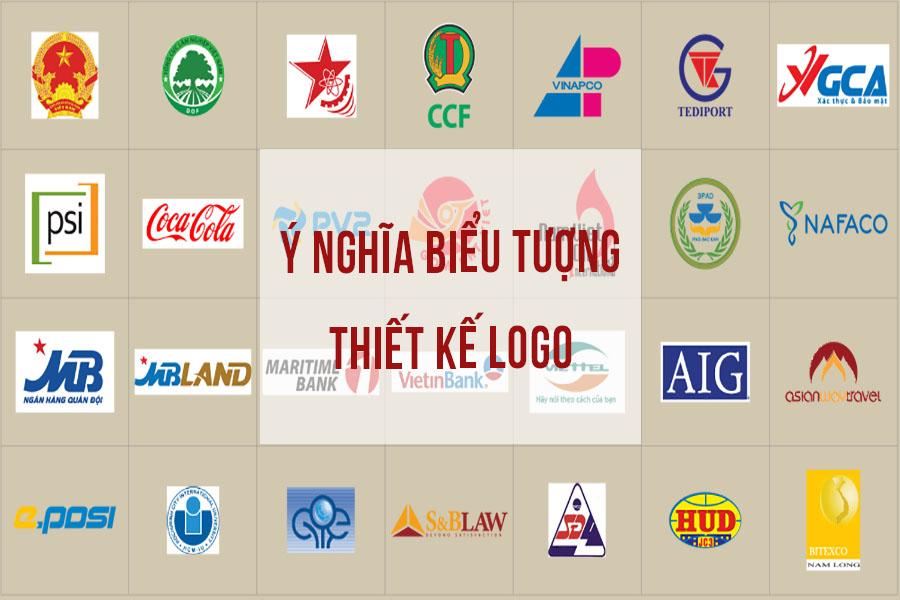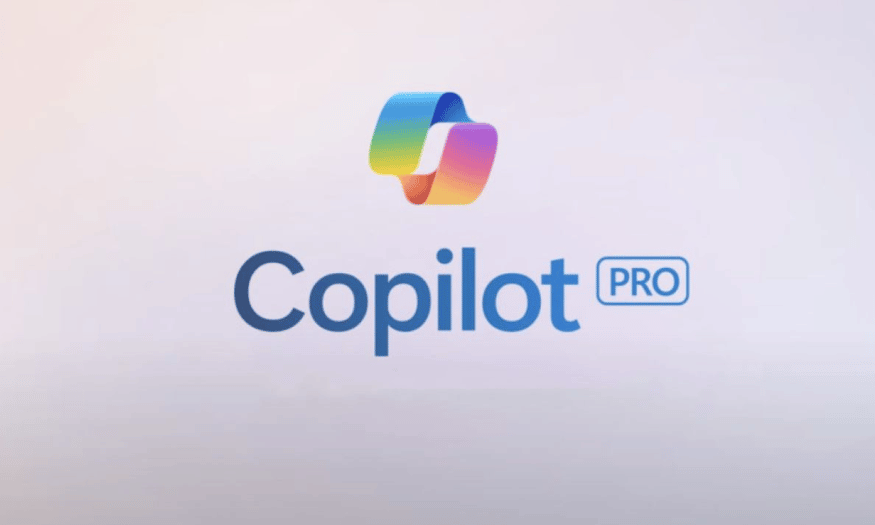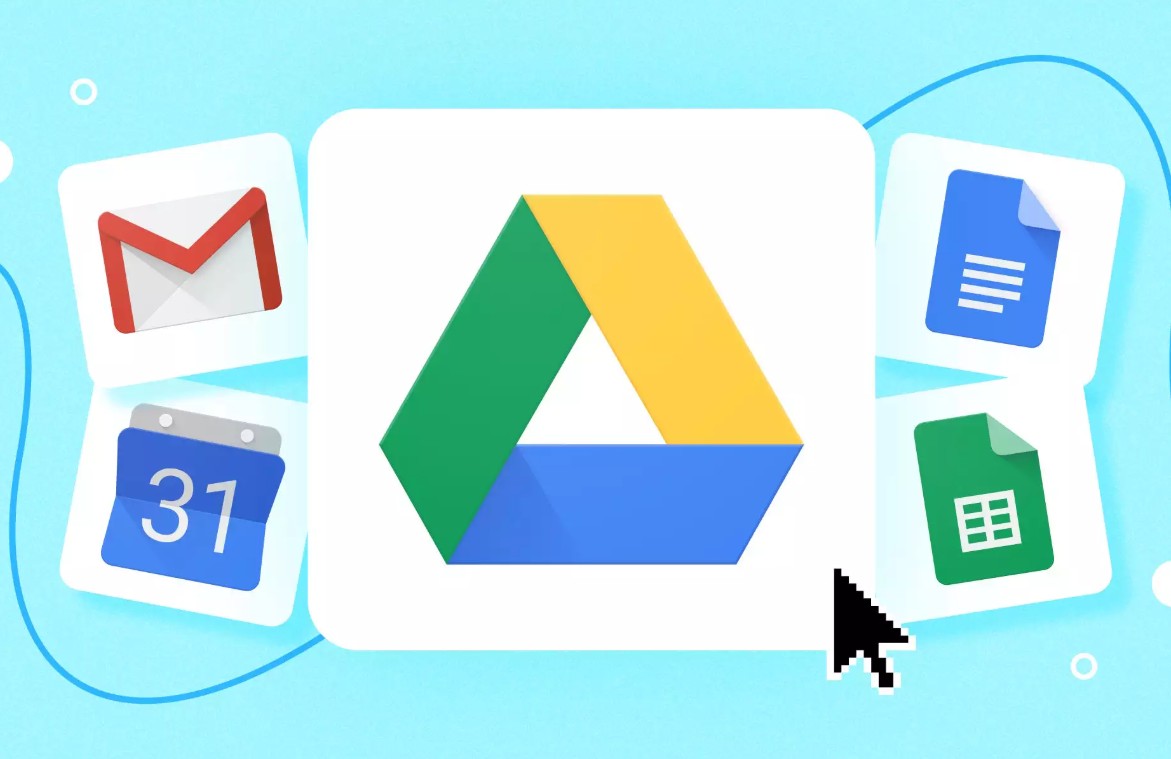Best Selling Products
Analyzing logo meanings and hidden messages from brands (P1)
Nội dung
- 1.Introduction to Logo and Its Role in Brand Identity
- 1.1. The importance of logos in branding
- 1.2. Concept of logo design and its role
- 1.3. Overview of the elements that make up a logo
- 2. Language of shapes:
- 3. The power of color
- 4. Fonts and styles
- 5. Icons and images
- 6. Negative space and minimalism
- 7. Analysis of Famous Logos and Hidden Messages
- 7.1. FedEx Logo – Precision and Speed
- 7.2. Amazon Logo – A Smile From A To Z
- 7.3. Apple Logo – Simple and Powerful
- 7.4. McDonald's Logo – The Golden "M" Symbol of Joy
- 7.5. Nike Logo – "Swoosh" and Continuous Progress
- 8. The Meaning of Design Details in Logos
- 9. Conclusion
Explore the meanings and messages behind famous logos. Analyze design elements and how brands use logos to convey their core brand values.

A logo is not only a brand identity but also a powerful tool to convey profound messages about the brand's values and identity. Each logo carries a story, a message that the designers carefully put into every line. In part 1 of this series, sadesign will explore and analyze the hidden messages in famous logos, from the smallest details to the profound meanings they bring.
1.Introduction to Logo and Its Role in Brand Identity
A logo is an essential part of any company’s branding strategy. It is the first thing a customer sees, and it plays a vital role in creating a first impression. A strong logo not only helps customers easily recognize a brand, but also conveys the core values of the business.
.jpg)
Through colors, shapes, typography, and other design elements, logos reflect a brand’s philosophy, mission, and vision. However, not all elements in a logo are easily recognizable. There are many hidden messages in logos that only design savvy or attentive observers can recognize.
1.1. The importance of logos in branding
Strong first impression:
A logo is often the first element a customer sees when coming into contact with a brand.
A well-designed logo will create a positive first impression, attract attention and create goodwill with customers.
Stand out from the crowd:
In a competitive market, a logo helps a brand differentiate itself from its competitors.
A unique and recognizable logo will help your brand stand out and be remembered.
Brand identity platform:
Logo is the core element of brand identity, appearing on all communication channels, from website, social networks to product packaging, creating consistency and uniformity for the brand.
Building trust and loyalty:
A professional and trustworthy logo will build customer trust in the brand.
When customers have a good impression of a logo, they will tend to trust and be loyal to that brand.
1.2. Concept of logo design and its role
What is logo design?
Logo design is the process of creating a visual symbol that represents a brand's identity and values.
This process requires a combination of art, engineering, and branding strategy.
The role of logo:
Brand Identification:
Logo helps customers identify and distinguish this brand from other brands.
Convey the message:
A logo represents a brand's core values, personality and mission in a concise and succinct manner.
Make an impression:
A unique and impressive logo will help the brand leave an impression in the minds of customers, creating a competitive advantage.
1.3. Overview of the elements that make up a logo
.jpg)
Shape:
The shape of a logo can be geometric (square, circle, triangle), organic (natural shapes), or abstract (shapes with no specific meaning).
Each shape carries a different meaning and creates a different emotion.
Color:
Color has a powerful impact on human emotions and perceptions.
Choosing the right colors helps convey the message and create the desired impression.
For example, blue creates a feeling of trust, red shows strength.
Font:
The typeface used in a logo represents the brand's personality and style.
There are many different types of fonts, from classic serif fonts to modern sans-serif fonts.
Icon:
A logo is an image or symbol that represents a brand.
A logo can be a product image, an abstract image, or a stylized letter.
2. Language of shapes:
Meaning of basic shapes:
Circle:
Symbol of perfection, unity, infinity.
Conveys a sense of warmth, friendliness and security.
Square/Rectangle:
Symbol of stability, certainty, order and professionalism.
Conveys a sense of trust and reliability.
Triangular:
Symbol of dynamism, power, ambition and action.
Conveys a sense of strength and determination.
Straight line:
Demonstrate clarity, coherence, and direction.
Analyzing how brands use shape to convey messages:
Brands choose shapes that match their values and personality.
For example:
The Audi logo with four interlocking circles symbolizes the unity of the four founding companies.
Bank logos often use squares to create trust.
Example:
Mercedes-Benz: The three-pointed star in a circle, representing luxury and perfection.
FedEx: The arrow hidden in the negative space between the "E" and "x" represents speed and precision.
3. The power of color
.jpg)
Color psychology and their effect on emotions:
Colors have the ability to stimulate emotions and evoke certain associations.
Designers use color psychology to create impactful logos.
Meaning of each popular color:
Red: Energy, passion, attention.
Blue: Trust, professionalism, peace.
Yellow: Optimistic, creative, happy.
Green: freshness, and growth.
Black: Luxury, power, sophistication.
White: Purity, cleanliness, simplicity.
Analyzing the use of color in logos:
Brands choose colors that match their message and target audience.
For example:
Coca-Cola uses red to stimulate excitement and appetite.
Facebook uses blue to create trust for users.
4. Fonts and styles
Types of fonts and their meanings:
Serif: Classic, traditional, formal.
Sans-serif: Modern, simple, friendly.
Script: Luxurious, sophisticated, individual.
Display: Showy and impressive.
How to choose the right font:
Consider your brand personality, target audience, and the message you want to convey.
Make sure the font is legible and suitable for different applications.
Analysis of the use of typography:
Brands use typography to create a distinct style.
High-end fashion brands often use Serif fonts.
5. Icons and images
Meaning of common symbols:
Animal symbols: Strength, speed, loyalty.
Natural symbols: Growth, sustainability, life.
Abstract symbols: Creativity, innovation, uniqueness.
How brands use imagery:
Make a difference and increase recognition.
Tell your brand story and create emotional connections.
Example:
Apple: The bitten apple symbolizes knowledge and innovation.
Twitter: blue bird, symbolizing freedom of speech.
6. Negative space and minimalism
The role of negative space:
Create balance, harmony and sophistication for the logo.
Helps highlight important details.
Minimalist logo analysis:
Use few details, focus on core elements.
Create a strong and memorable impression.
Example:
FedEx: Arrow hidden in negative space.
Google: Simple, recognizable word logo.
7. Analysis of Famous Logos and Hidden Messages
Famous logos are not only brand recognition symbols but also contain hidden messages, expressing the core values and vision of the business. For example, Amazon's logo with an arrow from "A" to "Z" implies that the company provides everything from A to Z, and the arrow also forms a smile, representing customer satisfaction. Or the FedEx logo with the space between the letters "E" and "X" forming an arrow, symbolizing speed and accuracy in shipping services. These subtle details not only make the brand unique but also imprint the message in the minds of customers, contributing to building a professional and trustworthy image.
7.1. FedEx Logo – Precision and Speed
FedEx is one of the largest package delivery companies in the world, and their logo is a great example of design sophistication. The FedEx logo has a special element that not everyone notices right away: a hidden arrow between the "E" and the "x".
.jpg)
Hidden Meaning: This arrow not only represents speed and precision in service, but also reflects the FedEx philosophy: fast and efficient delivery. The arrow points forward, giving a sense of movement and progress, a perfect image for a company that specializes in delivery and transportation.
7.2. Amazon Logo – A Smile From A To Z
The Amazon logo is an iconic design that clearly represents the company's philosophy and goals. The prominent highlight of the logo is the orange arrow that extends from the letter "A" to the letter "Z", which not only symbolizes the variety of products that Amazon offers, but also represents a satisfied smile for customers. This design is not just a visual symbol, but also conveys the message of a commitment to providing a comprehensive and trustworthy shopping experience, from the first step to the last step of the consumer journey.
Hidden Meaning: The appearance of the “smile” represents Amazon’s commitment to customer satisfaction. Furthermore, this arrow extends from “A” to “Z”, representing that Amazon offers all products, from A to Z, bringing variety and convenience to consumers.
7.3. Apple Logo – Simple and Powerful
The Apple logo is a bitten apple, a simple image with many layers of meaning. Although the logo was originally just a visual for brand recognition, over time the Apple logo has become a symbol of creativity and innovation.
The simplicity of the design allows the logo to easily fit into a variety of contexts, from high-tech products to global advertising campaigns. It is the harmonious combination of aesthetics and brand meaning that makes this symbol timeless.
Hidden meaning: The bitten apple can be understood as a thirst for discovery and constant exploration and creativity. This is the philosophy that Apple always pursues, aiming to change the way people use technology. A bitten apple is like an "unfinished discovery", encouraging users to continue to explore the world of technology in a creative way.
7.4. McDonald's Logo – The Golden "M" Symbol of Joy
The McDonald's logo with the golden "M" symbol is not only a brand identity, but also carries a deep meaning of joy and connection. Designed with simplicity but full of symbolism, the golden "M" has become a global mark, reminiscent of the exciting culinary experiences and friendly atmosphere that McDonald's brings.
The combination of bright yellow and positive message has made this logo not only a commercial symbol, but also a representative of closeness and happiness in the hearts of millions of customers around the world.
Hidden meaning: Although the shape of the letter "M" simply stands for McDonald's, many people also believe that it symbolizes an open gate, inviting customers to enjoy delicious meals. The yellow color of the logo represents joy, friendliness and dynamism, creating a pleasant feeling for the viewer.
7.5. Nike Logo – "Swoosh" and Continuous Progress
Nike's logo, known as the "Swoosh," is a symbol of dynamism, speed, and relentless pursuit. This simple yet meaningful design has become one of the most recognizable brand symbols in the world, representing Nike's commitment to inspiring and motivating people to push themselves beyond their limits. The "Swoosh" is more than just a visual symbol, it represents the brand's philosophy of constant innovation and progress, affirming its leadership position in the sports and fashion industries.
.jpg)
Hidden Meaning: The “Swoosh” symbol evokes the image of a fast, powerful movement, symbolizing power and dynamism. Nike does not only sell sports products but also conveys the message of striving, reaching out and surpassing one’s limits. “Just Do It” is the slogan that Nike always emphasizes in every advertising campaign, and their logo is the perfect symbol of that constant effort.
8. The Meaning of Design Details in Logos
In addition to basic elements such as color and shape, design details in a logo also play an important role in conveying the brand's message. These details are often not immediately recognizable, but they contribute significantly to creating the difference and value for each brand.
Color: The colors in a logo are not only aesthetically pleasing but also have a powerful impact. Colors can create a sense of luxury (black, yellow), youthfulness and dynamism (red, orange), or trust and stability (blue).
Typography: The typography in a logo also reflects the style and identity of the brand. For example, technology company logos often use clean, modern typography, while fashion or luxury brands often use elegant, classy typography.
Combining images and text: Combining images and text in a logo is not only for identification but also to reinforce the message. A logo that combines images and text will help customers easily identify and remember the brand more effectively.
9. Conclusion
A logo is one of the most important tools in building and maintaining a brand image. A logo must not only be beautiful and memorable, but also convey the core message of the business. The hidden messages in logos are not always easy to recognize, but when you understand them, you will have a deeper insight into how brands build relationships with their customers.












































